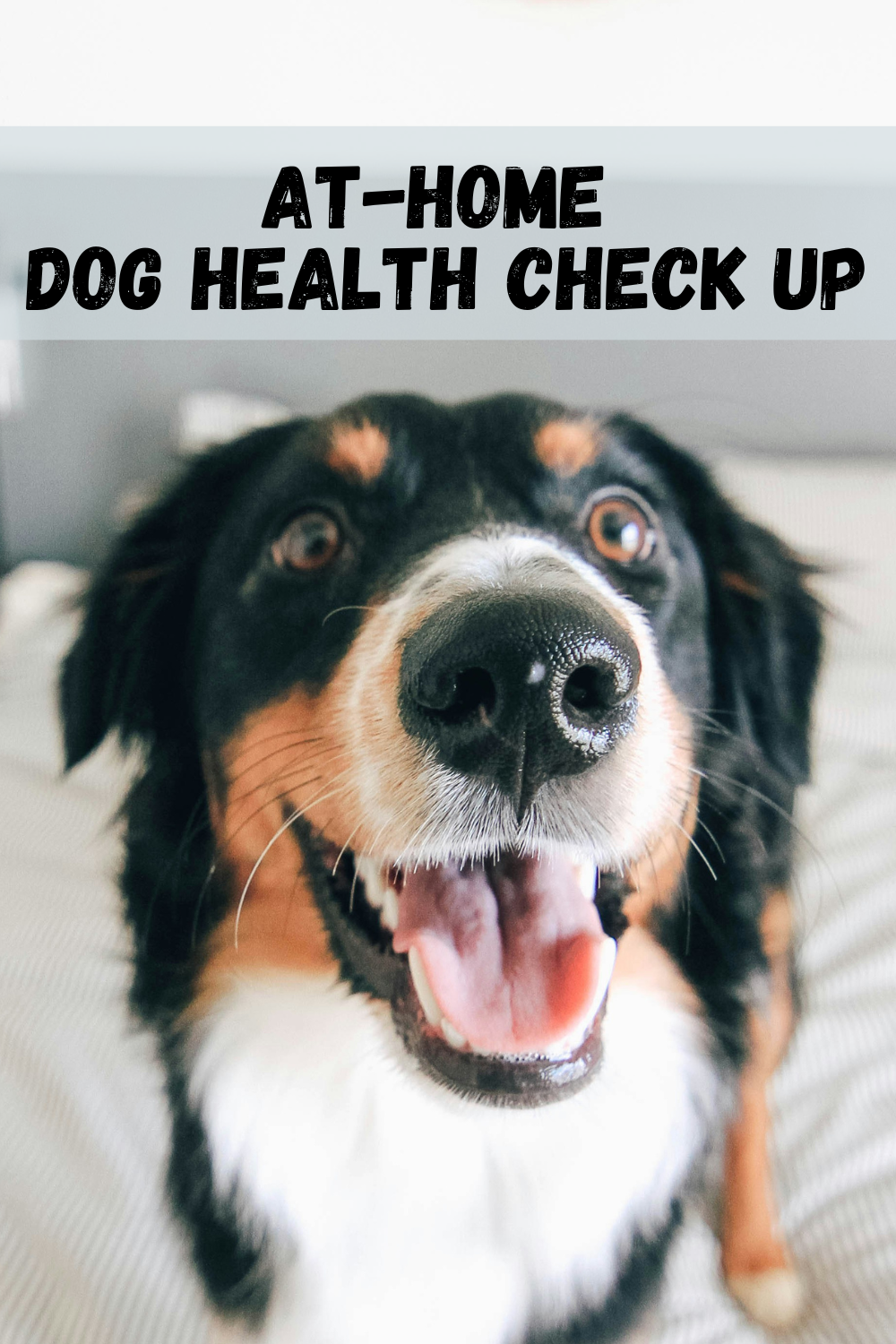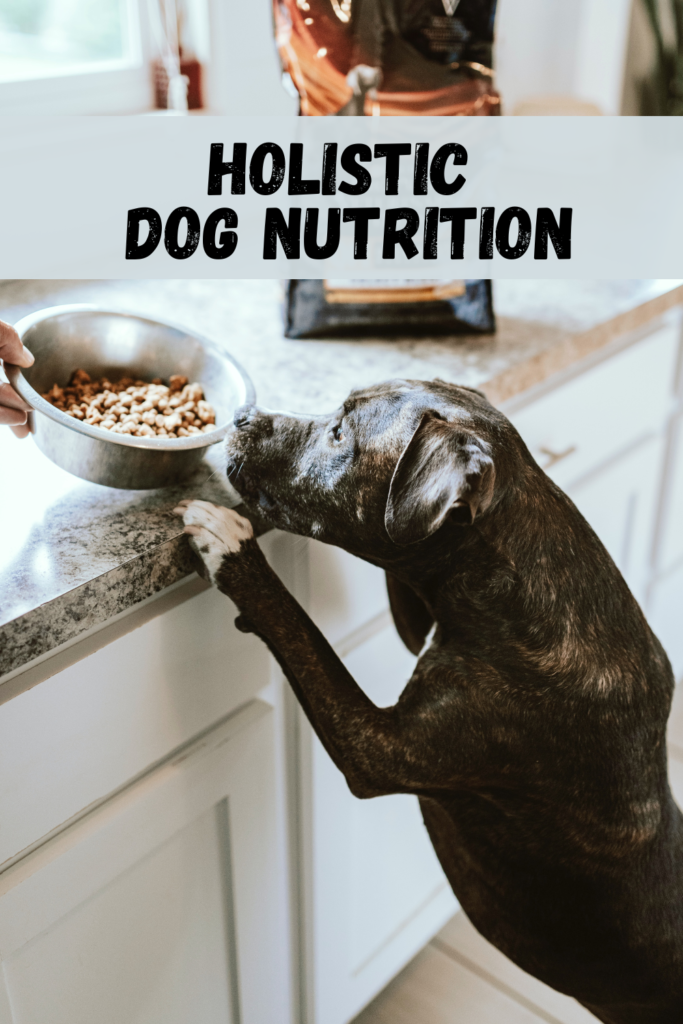
Why Every Dog Owner Should Do At-Home Dog Health Check Up’s
Are you a dog mama looking to ensure your pup gets the best care possible? If so, something you should be doing is at-home dog health check ups. They are brief yet detailed, fun yet helpful, and are a great way to make sure your dog is in the best health conditions possible. Of course, certain health issues can be asymptomatic and undetected until testing, however, doing routine at-home dog health check ups are a great way to make sure there are no noticeable health concerns that need to be addressed.
In this article, we will discuss what an at-home health check up looks like, why they’re important, and when it’s time to go to the vet.

What are dog health check ups?
They are sometimes referred to as “wellness check ups” or “physicals”. Just like us humans, your dog needs health checks, even when there aren’t any visible signs of illness. There could be certain symptoms or behaviors that are going unnoticed, and these health check ups are, therefore, a great way to check up on their overall health and well-being.
At-Home Versus Vet Check Ups
When you take your dog to the vet for a check up, they will do loads of tests and bloodwork. They will physically check on your pup, ask you various questions about their health and behavior, and do as many tests as needed, including things like a fecal exam, bloodwork, heartworm test, etc.
At-home check ups are different because you are constrained to what you can physically see. While you can only do so much, there is still a lot you can determine from a physical exam. However, solely doing at-home dog health check ups does not replace going to their vet for their annual health check ups. It is an additional step to add into their routine, to help ensure they are always feeling good and healthy!
The amount of vet wellness check ups will vary depending on the age, size, and breed of your dog. If they are considered puppies or senior dogs, they will need to see their vet at least twice yearly. If they are an adult dog, an annual vet check up will suffice. In terms of at-home dog health check ups, this can be done as many or as few times as you want. It’s recommended at least every 2-3 months, to make sure everything is okay!

How to perform a quick 7-step health check up?
#1: Reflect on their overall mood.
Are they happy and alert? Do they respond to commands? Are they eating everything? No new or slight changes in their movement? These are all questions to consider in terms of overall mood. If there are drastic changes in their mood in a short amount of time, this is something to take to the vet. For example, any drastic weight gain or weight loss, decline in response to commands, and prolonged periods of not eating are all urgent issues. If there are slight changes, note them and monitor them over the next few months.
#2: Eyes
Examine their eyes for any redness, dryness, or inflammation. Please make sure the white part of their eyes is white and the corneas are clear. Monitor any changes, like if their corneas become more cloudy or if they start bumping into things easier.
#3: Ears
Next, you want to look inside their ears. Are they dirty? Is there an odor? Do they look red or inflamed? These might be signs of an ear infection, which needs to be checked out by your veterinarian. If it is mild, you can start by cleaning their ears once daily, using an ear-cleaning solution. If the symptoms do not improve within 48 hours, you should go to your vet to get it checked out. They can help to determine what might be the cause. Sometimes there could be a foreign body lodged, and sometimes they just need a good ear cleaning.
#4: Mouth
Before moving away from the head area, check inside their mouth. Are their teeth white? Any brown plaque or bad breath? Are there any chipped teeth or loose teeth that need to be removed? Sometimes if they chew on something that is too hard for their teeth, their teeth might chip. If it is small, it might not affect them too much in the moment, but if It gets worse, it will cause immense pain and potentially affect their ability to eat. If so, make sure to let your veterinarian know at your next check up, before it gets worse to the point it hurts to eat!

#5: Feet
Next, look at their footsies! Look for anything lodged or stuck. Are the pads cracked at all? Are the nails getting long? Do their feet smell? Yes… it’s normal for your dog’s paws to smell like Fritos, to a certain degree. However, if there is a strong odor, or they have any associated symptoms like excessive licking of their paws, there might be something else going on. It could just come down to needing a good salon grooming day. Get those toepad areas trimmed and put some paw balm on! However, if you do notice any alarming signs like excess licking or noticeable limping when walking, take your pup to the vet so they can do a thorough exam.
#6: Overall Body Shape
Check to see their weight by doing these 2 tests. First, while they are standing, look for an hourglass figure in their body. Their chest should protrude outward, and their stomach should go inward. Certain breeds have bigger protruding chests, but they should all have a similar shape. If their stomach seems to protrude out more, this could be a sign of obesity.
The next test involves feeling their ribs. You should be able to feel their ribs without adding pressure. If you’re running your fingers through their chest/rib cage area and their ribs are protruding outward, that might be a sign of being underweight.
#7: Skin
Last, but not least, give your dog some love with a full body massage with scratches. Not only because they were probably the bestest doggo during this at-home check up, but to also feel for any lumps, bumps, rashes, or abrasions to their skin. There are an array of reasons why your dog might have a rash, hot spot, or skin issues, but left untreated, can lead to serious infections. Treatment might include spraying and cleaning with an anti-septic spray for a few days. If it does not get better, take your pup to the vet!
Here is the 7-Step At-Home Check Up we just discussed, written out as an easy, printable sheet to post wherever needed!
Conclusion
Though at-home dog health check ups are not as comprehensive and are limited to their physical well-being, this is a great start and a great way to make sure you aren’t missing any noticeable health concerns. Veterinary checks are important, and making sure your dogs are healthy between those visits is just as important! Doing this every 2-3 months will be the best thing you can do for your dog in terms of their health and happiness. Long live dogs!



